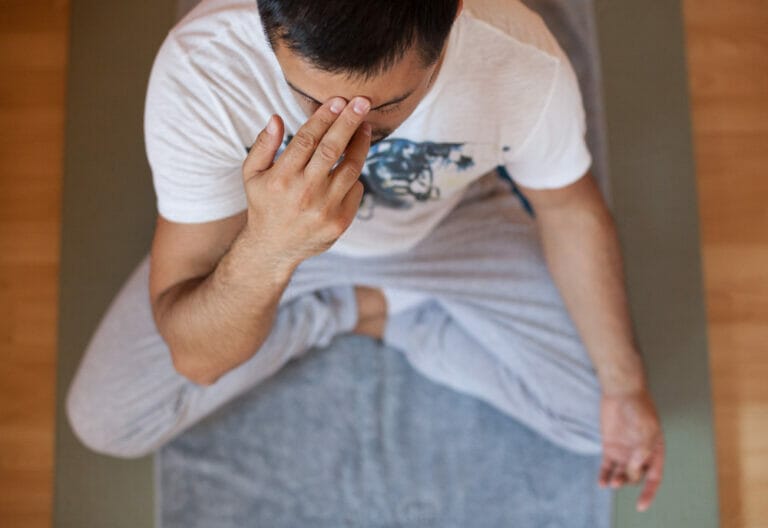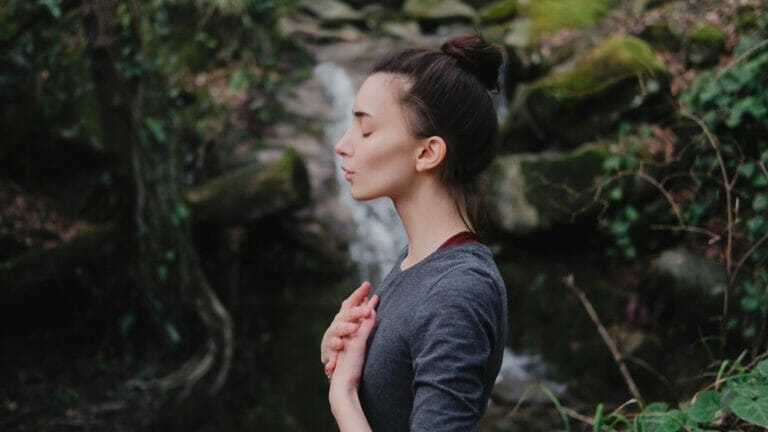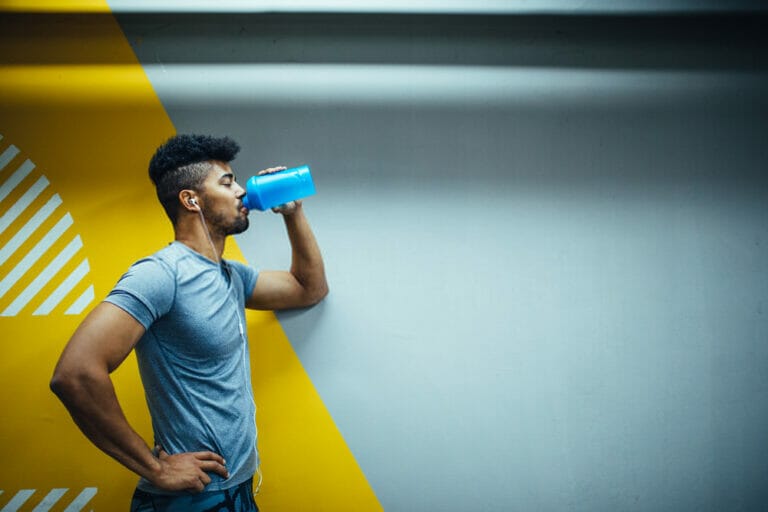Bahaya Pranayama – The Yoga Breathing Exercise
Bahaya pranayama is a yoga breathing exercise that calms the nervous system and brings peace of mind.
It is based on the ancient science of Ayurveda which is especially useful for people with a lot of stress in their lives. It tones the entire body and teaches you to concentrate on the present moment.
This technique is a simple yet profound exercise that anyone can learn and is easy to do that takes only minutes per day.
Bahaya pranayama is perfect for busy professionals who want to unwind and relax after a hard day’s work.
In this article, we'll look at the benefits of bahaya pranayama and how to do it.
What is Bahaya Pranayama?
Bahaya is derived from the Sanskrit term Baahya, which means “outside” or “external.”
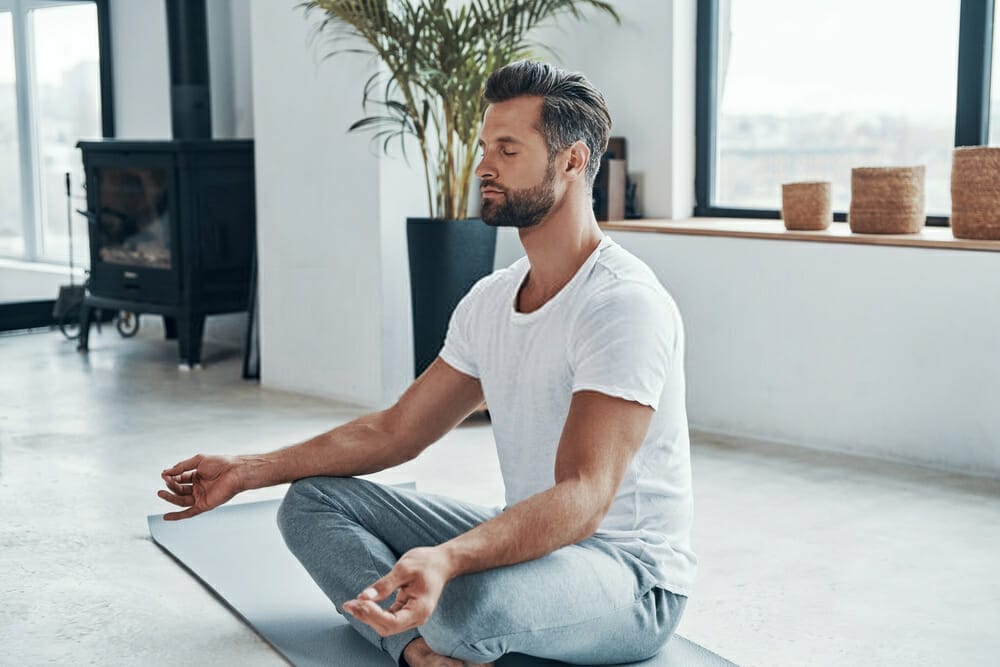
Bahaya Pranayama is vital respiration practice in which you must forcefully breathe in (inhale), exhale, and then hold your breath (Retention).
Because breathing is kept outside during the process, this pranayama is called Baahya Pranayama.
Because Bahaya means "external" and pranayama means "breathing technique," it is also known as external Retention.
Retention is the act of holding one’s breath (Kumbhaka). This pranayama has a 1:2:3 ratio. The ratio of 1:2:3 means that one second of breathing in, two seconds of breathing out, and three seconds of holding the breath.
Bahaya pranayama requires a considerable amount of effort and commitment. It is not a cure-all for all your daily problems. If you want to achieve results, you must follow Bahaya Pranayama regularly.
For one or two weeks, do the exercise every day. It is necessary to perform this breathing exercise 3 times a day when you can’t completely do it in one sitting.
Benefits of Bahaya Pranayama
Let’s see the benefits of Bahaya Pranayama
Bahaya Pranayama creates a strong connection between the conscious mind and the subconscious mind: Bahaya pranayama can help you focus on the present.
For example, when you are concentrating on breathing in and out, your mind becomes still. When you are focused on breathing, your body becomes relaxed and calm.
- It helps treat any stomach issues: It treats constipation, acidity, gastric problems, and hernias) and cures them entirely. It also treats acidity.
It is an excellent treatment for asthma, bronchitis, and tuberculosis: It boosts the body's immunity and strengthens the respiratory system.
For people who suffer from asthma, bronchitis, or tuberculosis, Bahaya Pranayama can be used.
- It treats problems with the reproductive organs: It can help treat infertility, cysts in ovaries, menopause, and menstrual problems.
It can keep your body slim: It regulates the function of the digestive system and keeps you fit by fighting cellulite. It is because when you are well-fed, your digestion is efficient.
People who suffer from obesity can also benefit from Bahaya Pranayama if they follow it regularly.
- Bahya increases mental concentration: The brain cells of the human body are nourished with oxygen. So when you practice Bahaya Pranayama, you can stimulate your mind and sharpen its power of concentration.
- Enhances digestion: Bahya Pranayama is an effective way to supplement your digestive system with oxygen. It helps in breaking down food, fat, and muscle tissues.
- Diabetes patients will benefit from this: It regulates the sugar level in the blood, treats type 2 diabetes, and minimizes any complications related to it.
- It eliminates urine and sperm issues: It removes toxins from the body and removes their cause. Thus, it can completely cure your urine and sperm issues.
- Tones the whole body: The effects of Bahya Pranayama are general. It does not explicitly target a single system of the body. Thus, it can help treat many disorders and diseases, which cannot be cured with individual treatments.
- One will be happy after performing this exercise daily: It increases your level of happiness and joy. Moreover, practising Bahaya Pranayama will make you feel alive and energetic.
It serves as a very effective remedy for headaches and other types of pain in the stomach region. Very useful for stroke recovery and recovery from heart problems, malignant diseases, chronic fatigue syndrome, insomnia, headaches, etc.
How to perform
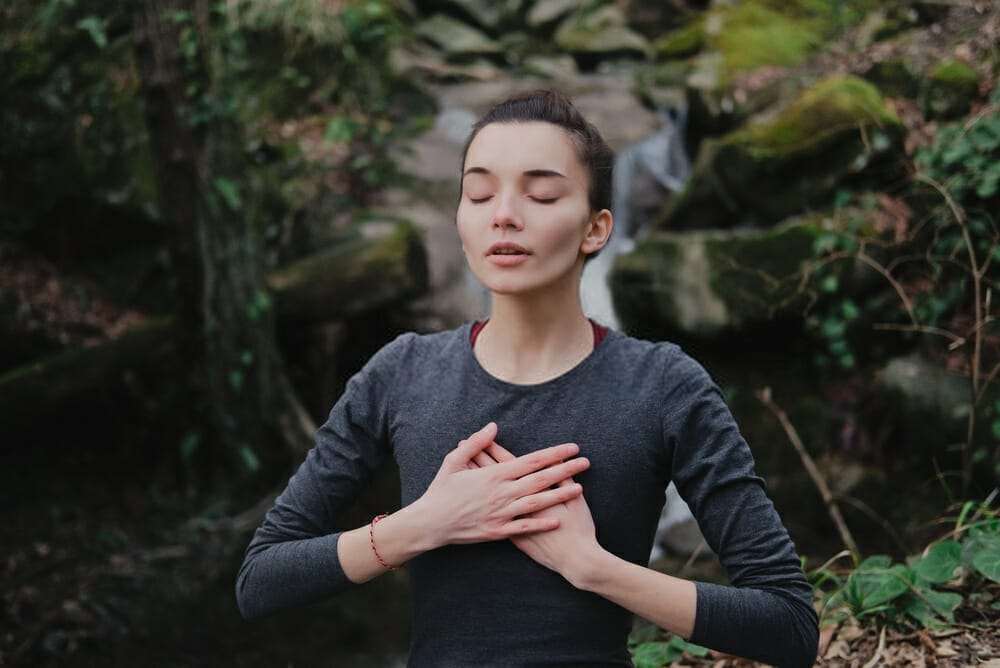
Step 1:
Sit cross-legged (Sukhasana or Padmasana) with an erect spine, roll shoulders back, palms resting on knees, and relax your entire body.
Begin with slow breathing. Do it for at least 5-6 rounds while keeping your eyes closed. Never force your body to inhale or exhale; instead, do it slowly as you inhale and exhale.
Step 2:
Perform kapalabhati pranayama 3-5 times as much as your body allows.
Step 3:
After exhaling, attempt to inward your belly as much as possible. Maintain your grip on the muscles below your navel.
Step 4:
Exhale your breath and snuggle your body in the bandhas after the kapalabhati. Pull up your stomach in and under your rib cage as far as your body will allow. You are not required to inhale and exhale after you have completed your inhalation.
Jalandhar Bandha, or Throat Lock, is the act of holding your breath and touching your chin to your chest.
Uddiyana Bandha is the act of pulling your stomach in and up beneath your rib cage so that your stomach and back appear to touch from within. Mulabandha, or root lock, is the lifting of a muscle from the groin area.
Step 5:
Hold your bandhas for at least 10-15 seconds, then breathe deeply and slowly exhale.
Step 6:
Release the chin first, then the muscles and anus muscles completely relax, and take a deep inhale and exhale gently.
Step 7:
Repeat the entire workout 5-6 times, gradually increasing the time for locking the body in position.
The best approach to practice bahaya pranayama is in the ratio of 1:2:3, which is one second for inhaling, two seconds for expelling, and three seconds for locking in postures.
Step 8:
Then, in an easy stance, release and relax by taking a normal breath and relaxing your entire body.
Advanced practitioners can combine Agnisar kriya with Bahya Pranayama practice. Loosen your abdominal muscles and churn them around the central abs at the end of the fourth phase to achieve this. It is highly good at stimulating the digestive fire.
Scientific effects of performing Bahaya prayanama
When you perform Bahaya Pranayama, the body reacts in a lot of ways. These reactions can be explained by science.
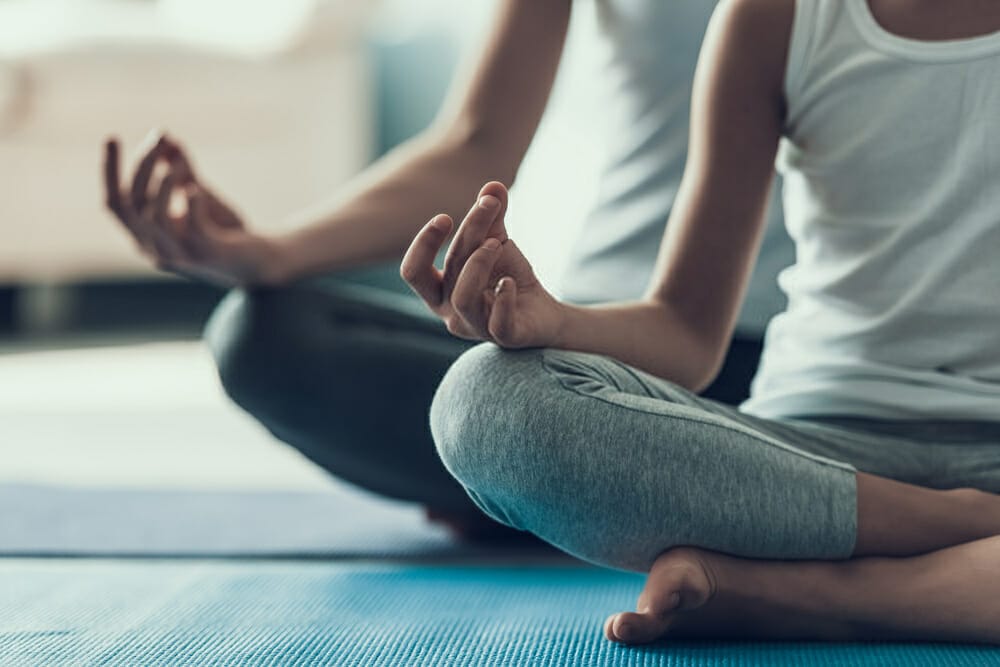
The digestive process of an individual activates during practice. It happens because when you perform Bahya Pranayama, a large amount of oxygen is provided to your body and healthily distributed to every part.
Therefore, the digestive organs are not lacking in any nutrition required for proper functioning. Another reason is that Bahya Pranayama stimulates the parasympathetic nervous system. It also increases the secretion of digestive juices.
During Bahya Pranayama, the brain functions to a tremendous extent. As a result, the brain experiences greater blood flow, which helps it function more efficiently and perform better for various tasks. The oxygenated blood circulates throughout your body, including your brain.
Generally, you should not experience any fatigue because the body has enough oxygen to sustain its activities. The heart also functions differently.
It pumps more blood because the lungs are more vigorous and increase blood flow even when you are not performing any activity. As a result, your heart gets oxygenated blood faster, which helps it function best.
If you practice pranayama poorly or choose the wrong style of pranayama, you may experience a variety of adverse effects —
- Headache
- Dizziness
- Feeling as if something is constantly moving about your eyes
- Lack of mental stability
- Nausea
- Breathing difficulty/asthma deterioration
- Blood pressure and blood glucose levels fluctuate
- Depression
- Blurry vision
- Restlessness
- Mouth dryness
Precautions to take
- People with heart or blood pressure issues should not do this.
- Women who are on their period, pregnant, or expecting to get pregnant should not attempt this.
- You should perform all Pranayama exercises on an empty stomach.
- Begin the Pranayama procedure with Bhastrika Pranayama and then go to further Pranayama.
- Do not eat off an empty stomach for at least 3 hours before practising pranayama.
- Stay hydrated by drinking plenty of water after completing the exercises.
Conclusion
Bahya Pranayama is not a cure-all for all your daily problems. If you want to achieve results, you must follow Bahaya Pranayama regularly. For one or two weeks, do the exercise every day.
It is necessary to perform this breathing exercise 3 times a day when you can't completely do it in one sitting.
It will help you cope with stress and anxiety due to long working hours, inability to sleep well, lack of mental concentration, and many other factors!
I hope you learned something about Bahaya Pranayama and how to do it!
Happy breathing!



